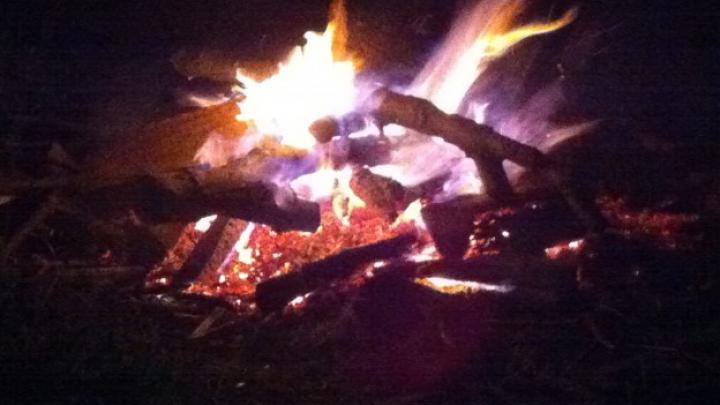Anger: The Black Sheep of the Emotional Family
I’ve been doing a bit of a study on anger and other related concepts lately. For me this means exploring the thoughts and sensations I’ve attributed to it. I’m left wondering, could anger be the most widely misunderstood expression/emotion?
Anger is often considered so taboo and “not ok” that it is not met when it arises, and is instead shoved in a corner, only to erupt later, or it gets left to stagnate in the corner/in the body. That passive aggressive movement, sometimes acted out in violent displays, is then labeled “anger”. Anger has then been made into the enemy- something to be avoided at all costs. The cost of this is that I judge myself according to a label that has negative associations, but which in and of itself is merely an expression.
A conversation with a friend about this topic helped me realize how anger is related to the enlightenment myth. In her experience there is nothing wrong (or right) with anger. However, in enlightenment circles, where there is a heavy buy-in to the perpetuation of the enlightenment myth, anger carries a heavy stigma*. The enlightenment myth overtly, or covertly suggests that enlightenment equals peaceful equanimity. This is a huge topic, but for the sake of this blog post, it’s enough to note how the enlightenment myth will perpetuate the repression, resistance and abhorrence of that which could be associated with anger. If enlightenment is the same as equanimity, then anger (or sadness, or bliss) will be demonized and considered “unenlightened,” leading ironically to more suffering.
When I took the feelings and thoughts of anger to inquiry, I got to deconstruct what I had velcro’d to the concept. I saw the illusive associations I had attached to the word and to the sensations, including benign images that I made mean something and which I attributed to anger. I got to experience words simply as words, images as images, and sensations that didn’t mean anything in particular. I found that it was only my conditional thoughts about anger, and my fears of it, that kept it alive and kept me suffering as I tried to hide from it and deny it. Without the identification of anger meaning XYZ, anger gets to be here, or not. It doesn’t really matter.
I have often been afraid of what will happen if anger arises due to the box I’ve put anger into- and what culture has ‘made it out to be’- that I’d sometimes do whatever it took to disconnect from it. But anger doesn’t equal violent displays and yelling, just like crying doesn’t equal depression. As with any emotion, there is a wide range of expression within the field of anger. When I allow myself to be with the expression as it is, it comes and goes just like all expressions do.
It seems to me that part of growing up/embodiment is connecting with the emotions as they are, when and as they arise. In my experience, anger can be so simple. Being with anger may simply look like a stern brow, or a deepened/louder voice, or seriousness. It might look/feel like solidity or firmness, or even fierceness at times. It might have the attributes of certainty or pushiness. It may arise coupled with certain sensations in the body. It may lead to actions, it may lead to nothing. It can fuel amazing and straightforward interactions. Simple movements. Wow, what would it be like for anger to rise and move itself through, without all the baggage?! In my experience, it can be quite productive and simple. How is anger any less perfect then any other emotion passing through? What would it be like to allow anger, just like we allow the simple arising of joy or sadness?
When it’s free to come and go without judgment, it often does exactly that- it comes and goes.
“There is a type of freedom to be had by fully accepting the flow of life and living without resistance to its highs and lows… To dissolve the structures of the conditioned mind… this is true freedom.” Keith Penn
* This blog post is focusing on the typical bias found in spiritual circles, where anger is deemed automatically inappropriate. However, there is also the other extreme bias, where people’s predominant method for expression is reduced to anger. For such people, sadness or fear is seen as not acceptable, so they hide in anger rather then from it.

